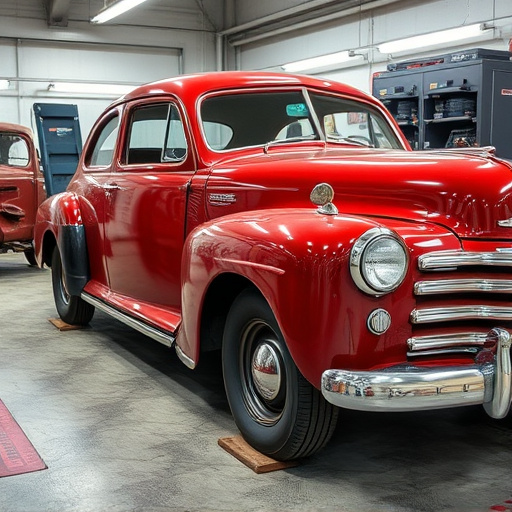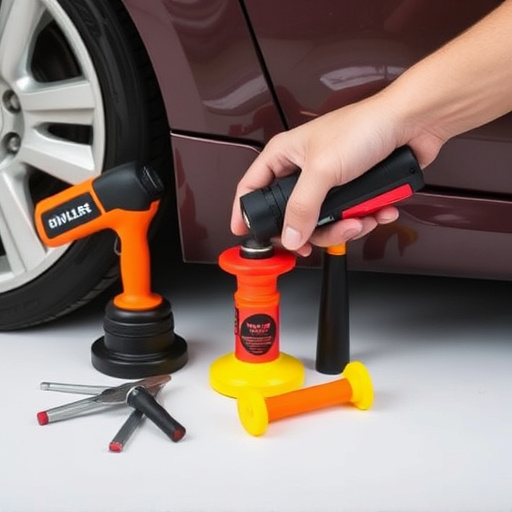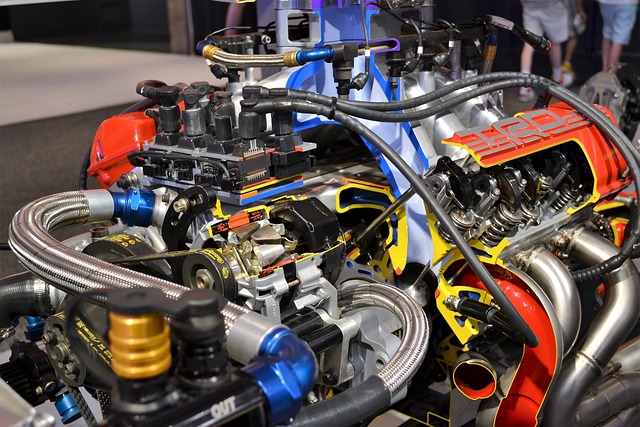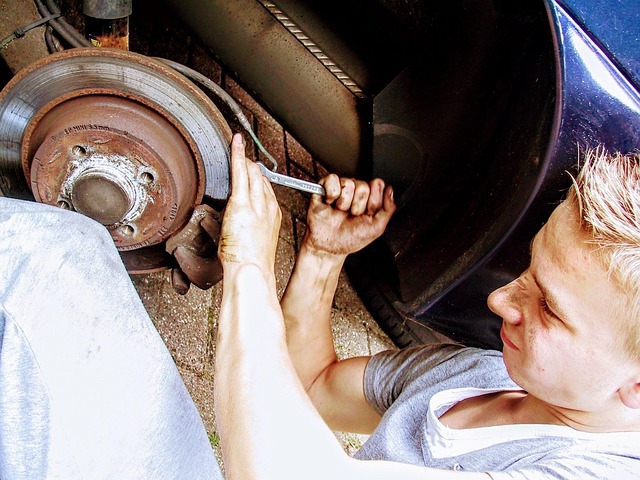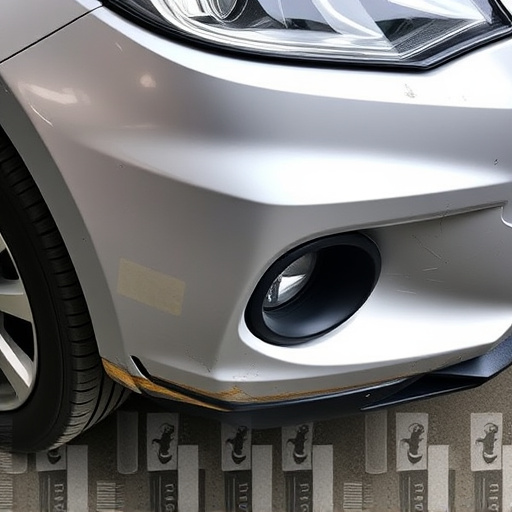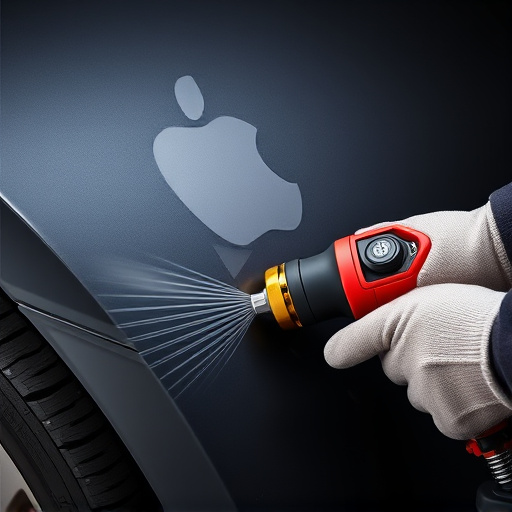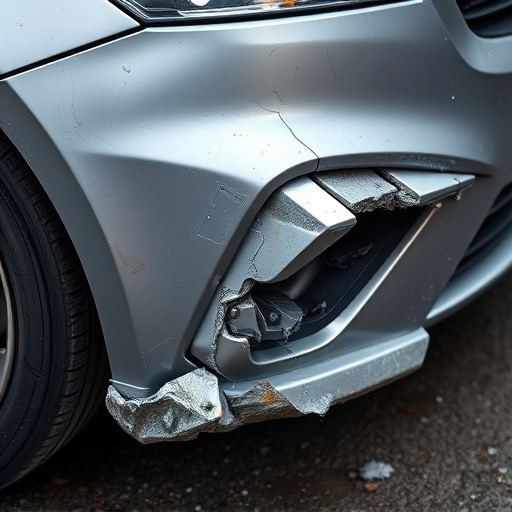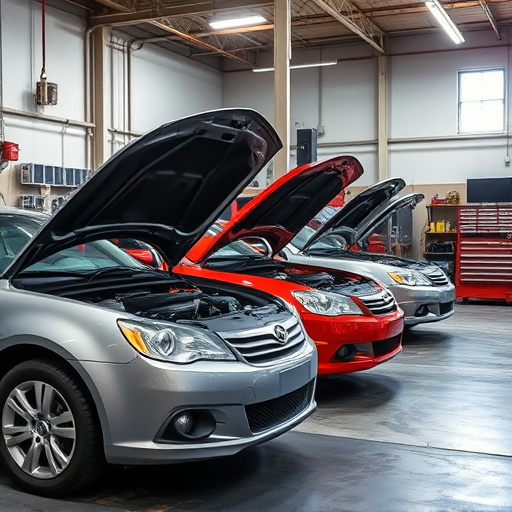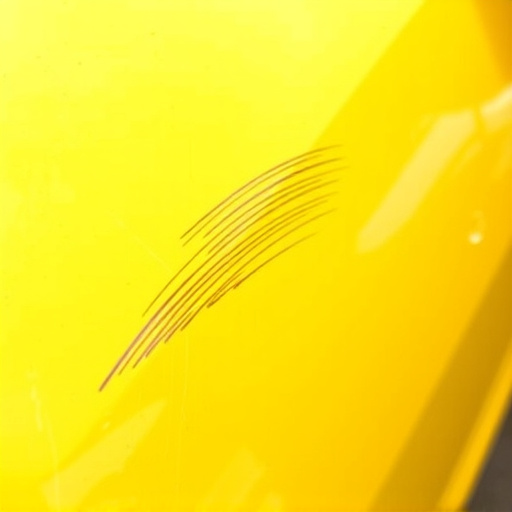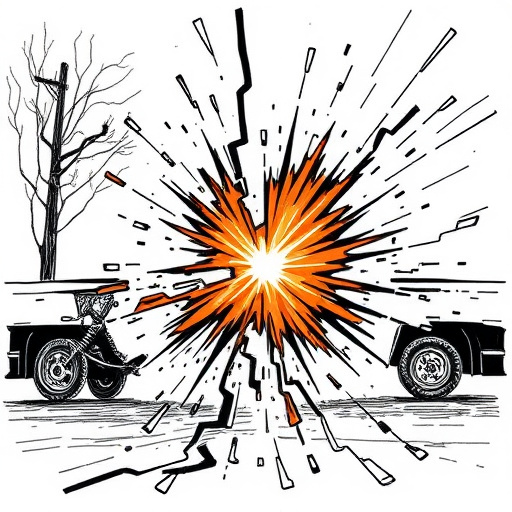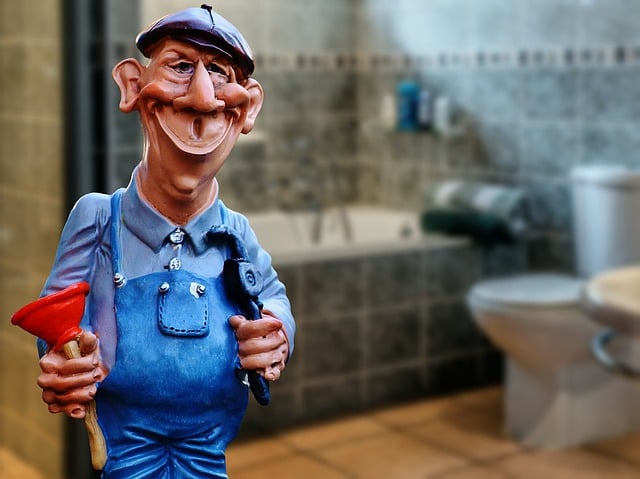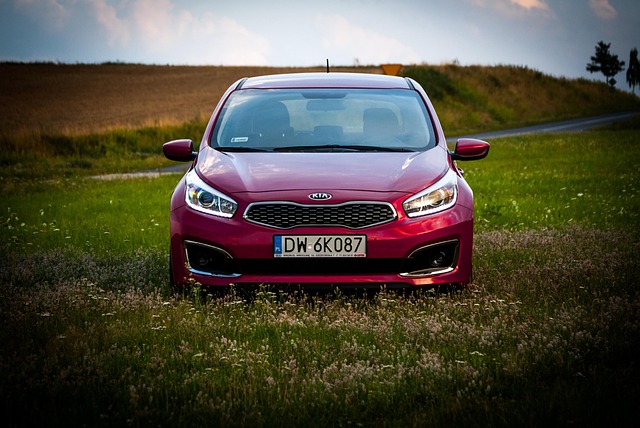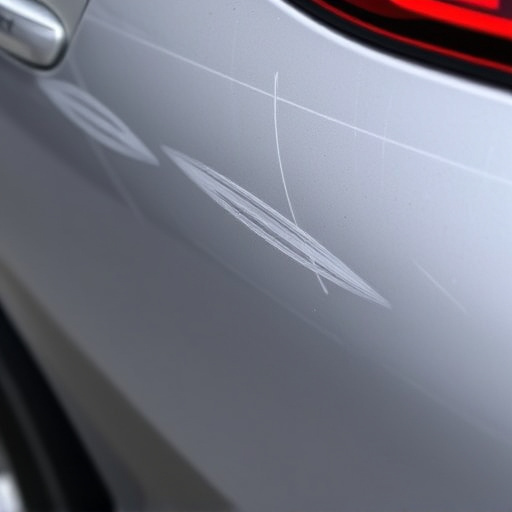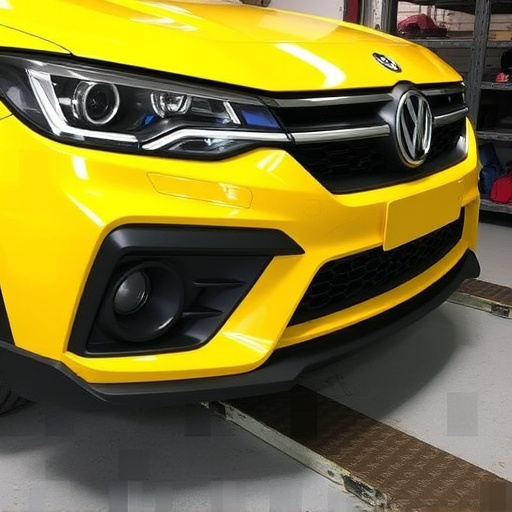Mercedes glass sensor calibration is vital for maintaining advanced safety features like lane departure warning and automatic emergency braking. Regular calibration ensures accuracy against environmental changes and software updates, preventing inaccuracies that could impact vehicle safety. Modern Mercedes models offer self-calibration, with professional adjustments available from reputable auto body repairs. Regular maintenance checks are key to avoiding issues related to glass sensor calibration, ensuring reliable safety systems especially after updates or collisions.
Mercedes owners often wonder about the impact of software updates on their vehicle’s performance, especially regarding the sophisticated glass sensors. This article delves into the crucial aspect of Mercedes glass sensor calibration after software updates. Understanding the necessity of precise sensor calibration is essential for maintaining optimal vehicle functionality. We’ll explore why these updates might affect sensor performance and provide a step-by-step guide to help you recalibrate your Mercedes’ glass sensors effectively.
- Understanding Mercedes Glass Sensor Calibration Needs
- Software Updates and Their Impact on Glass Sensors
- Step-by-Step Guide to Recalibrating Your Mercedes Glass Sensor
Understanding Mercedes Glass Sensor Calibration Needs

Mercedes glass sensor calibration is a critical process that ensures your vehicle’s advanced safety features function optimally. These sensors, strategically placed in your car’s windows and windshields, play a vital role in systems like lane departure warning, adaptive cruise control, and automatic emergency braking. Over time, these sensors can drift out of calibration due to various factors, including changes in the environment, age, or even after software updates. Regular calibration ensures these safety features react accurately to real-world driving conditions, enhancing your overall driving experience and peace of mind.
Neglecting proper Mercedes glass sensor calibration can lead to inaccuracies that may compromise your vehicle’s safety. For example, a miscalibrated sensor might fail to detect lane markings or incorrectly assess the distance to other vehicles, potentially leading to hazardous situations. Fortunately, many modern Mercedes-Benz models offer self-calibration features, and professional auto body repairs or collision repair services can also perform the necessary adjustments when required. Regular maintenance checks by a reputable car repair shop can help prevent issues related to glass sensor calibration, ensuring your vehicle’s safety systems remain reliable and effective.
Software Updates and Their Impact on Glass Sensors

Software updates play a pivotal role in modern automotive technology, enhancing performance and introducing new features. However, they can also have unintended consequences on various vehicle systems, including Mercedes glass sensors. These sensors are integral to a range of advanced driver-assistance systems (ADAS), such as adaptive cruise control and lane-keeping assist, which have become standard features in many Mercedes models. When software updates alter the functioning of these sensors, it may require subsequent Mercedes glass sensor calibration to ensure accurate readings and maintain optimal performance.
The process of updating vehicle software has become more frequent as manufacturers continuously improve and refine their systems. While these updates often bring about significant benefits, they can introduce new variables that impact sensor performance. This is particularly true for Mercedes vehicles known for their sophisticated technology and advanced safety features. Therefore, regular maintenance routines should include checks and calibrations to keep glass sensors functioning correctly, ensuring the safety and reliability of the vehicle’s ADAS capabilities, especially when considering visits to a reputable auto repair near me or collision repair shop for professional calibration services.
Step-by-Step Guide to Recalibrating Your Mercedes Glass Sensor

Recalibrating your Mercedes Glass Sensor is a straightforward process that can be accomplished with the right step-by-step guide. Begin by ensuring your vehicle’s power is off and all windows are fully closed. Next, access the sensor located on the window frame or door, typically a small, sleek device with connectors. Using a specialized tool designed for Mercedes vehicles, connect to the sensor and initiate the calibration sequence. This process involves adjusting the sensor’s settings to ensure accurate readings of glass movement.
During calibration, you’ll be guided by on-screen instructions or an accompanying manual. Carefully follow these steps to adjust sensitivity, threshold levels, and any other parameters specific to your Mercedes model. Once completed, test the sensor by opening and closing windows to verify its functionality. Regular auto maintenance includes checking and recalibrating sensors for optimal performance, ensuring a seamless driving experience and enhancing safety features like automatic window operation.
Mercedes Glass Sensor Calibration is an essential aspect of vehicle maintenance, especially after software updates. Software upgrades can sometimes disrupt the sensitivity and accuracy of your car’s glass sensors, leading to issues with automatic window operations. Therefore, it’s crucial to understand the calibration needs and follow a step-by-step guide for recalibration as outlined in this article. Regularly calibrating your Mercedes glass sensors ensures optimal performance and enhances overall driving experience, addressing potential problems before they become noticeable.
